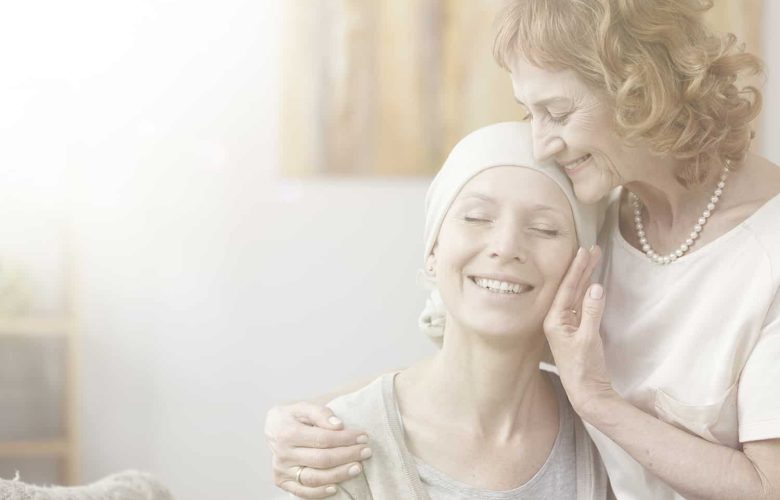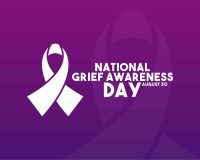Type of volunteer: Hos-pets Hometown: Delray, Florida Favorite place you’ve lived: Okatie home and the Florida Keys What convinced you to move to the Lowcountry? The beauty and nature. What do you do for a living? I own a vacation…


Frailty and serious illness can involve significant losses over an extended period of time, giving rise to sadness and grief for years, emotions that are typically acknowledged only after a loved one’s death, when formal rituals recognizing a person’s passing…

Music Therapy, also known as Expressive Therapy, is one of two types of complementary and alternative medicine that have shown to be beneficial for hospice patients for pain control and reducing agitation, depression, and improving their overall quality of life.…

Whether you’re a caregiver or a health care practitioner, the importance of holding space for the person who’s dying is enormously important. It allows the patient to be able to spend their remaining time in a level of quality end-of-life…

Scenes from a loved one’s final days can be moving and meaningful. Several professional photographers have been expanding their portfolios of weddings, graduations, and other larger family events to include end-of-life photography for terminal patients. One example is Shannon MacFarlane…

Have These Two Health-Related Documents An advanced directive, also known as a living will, and a durable power of attorney (POA), also known as a health care proxy, are the two most important documents you should have for your end-of-life…

Death means different things to different people. It’s completely normal to wonder how to get over something as deeply emotional as the loss of a loved one, or even the loss of a pet. What’s important to keep in mind…

It’s normal for a hospice to release a small portion of patients before death – about 15% has been typical, but research from some new for-profit companies showed the rate of patients leaving hospice care alive is double that level…

In addition to the physical, spiritual, and emotional effects of dealing with a terminal illness, there’s also the barrage of outside stressors – things like medical bills, insurance claims, and the logistics of taking care of healthy children while still…

Pediatric hospice care targets children from birth to 21 years of age and is used for a range of diagnoses including cancer, heart conditions, lung diseases, neurological disorders, and premature birth. Care can begin as soon as a diagnosis is made, be…



